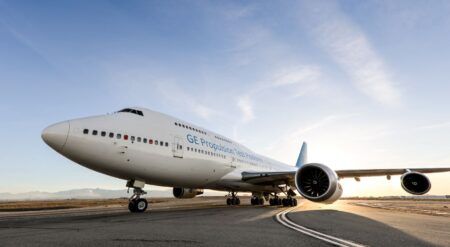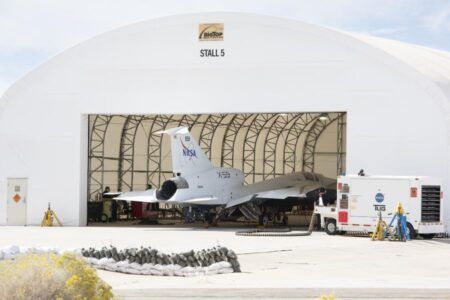In an Accident Investigation Board report released earlier this month, the Air Force Materiel Command said an adapted Hercules AC-130J Ghostrider received damage estimated at more than US$115m after a flight test crew lost control of the aircraft.
The flight test personnel were from 413th Flight Test Squadron based at Eglin Air Force Base in Florida, USA. They were conducting a test flight over the Gulf of Mexico on April 21, in a sortie involving what the USAF describes as an assessment of the AC-130J’s “medium-risk flying qualities”.
While at roughly 15,000ft, “the aircraft exceeded the targeted angle of sideslip until it departed controlled flight,” the report said. It “momentarily inverted, before being recovered after losing approximately 5,000ft of altitude.” The aircraft’s crew escaped injury and returned to base and landed safely, but the Ghostrider was rendered a total loss, having exceeded its operating g limits and design load.
Investigators attributed the incident to the pilot’s “excessive rudder input during the test point, followed by inadequate rudder input to initiate a timely recovery from high angle of sideslip due to over-controlled/under-controlled aircraft,” along with the “wrong choice of action during an operation.”
Contributing factors included: instrumentation and warning system issues; spatial disorientation; confusion; and the inadequate provision of procedural guidance or publications to the team, the report said.
The US Air Force Special Operations Command received its first AC-130J at Hurlburt Field AFB in Florida in July 2015, to support testing. When finally in frontline use, the aircraft will be equipped with weapons including a 30mm cannon, 105mm cannon and a variety of precision-guided air-to-surface munitions. The USAF plans to have a fleet of 32 by fiscal year 2021, with initial capability ready in FY2017.
November 20, 2015




